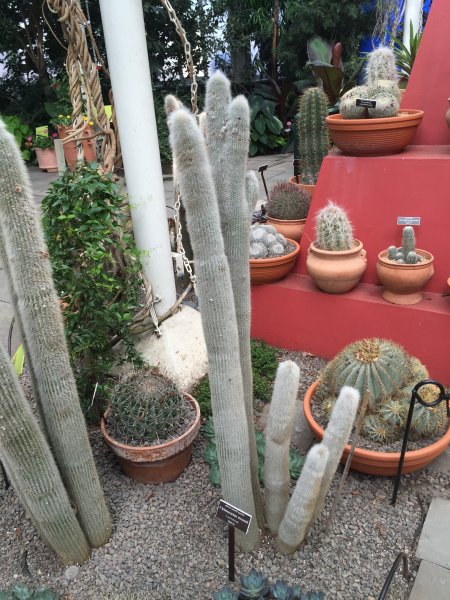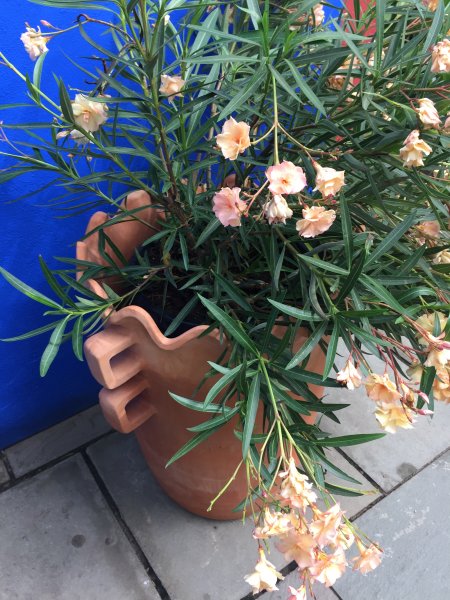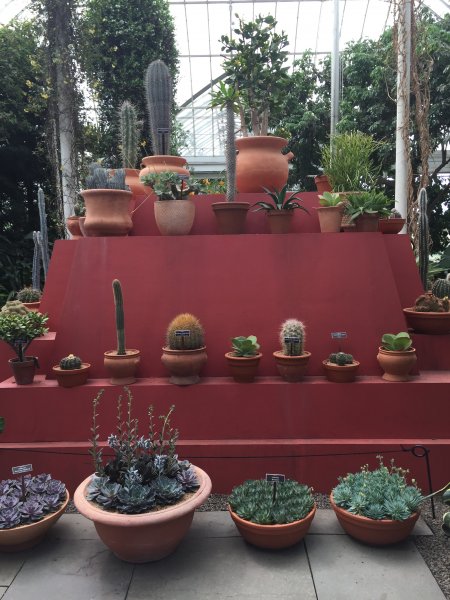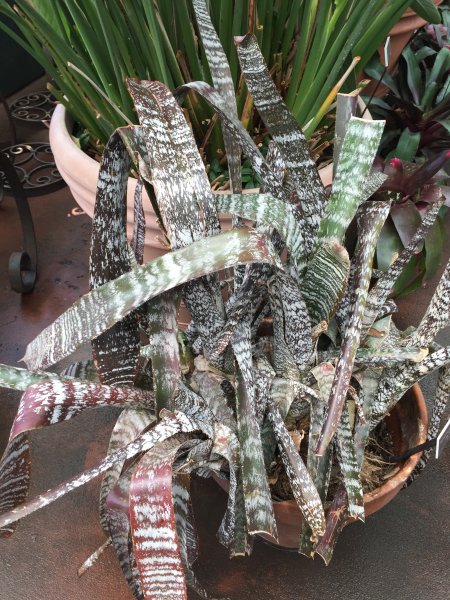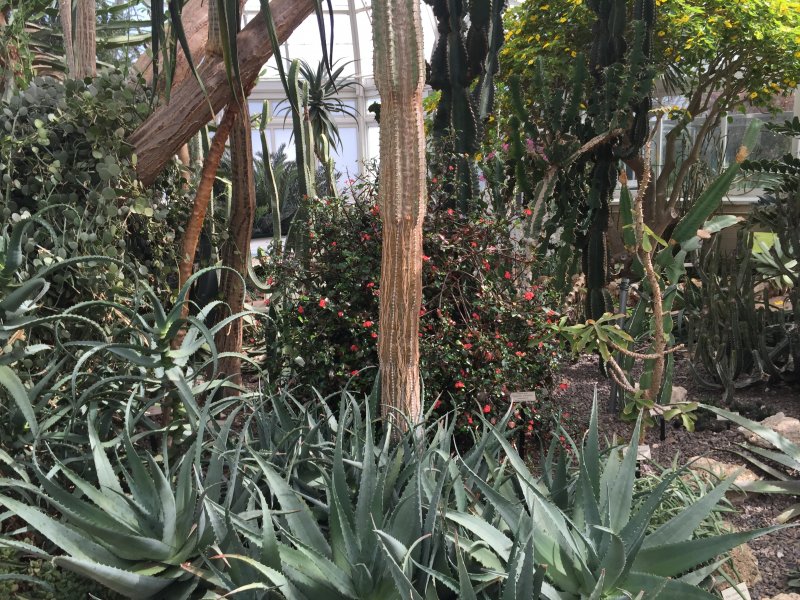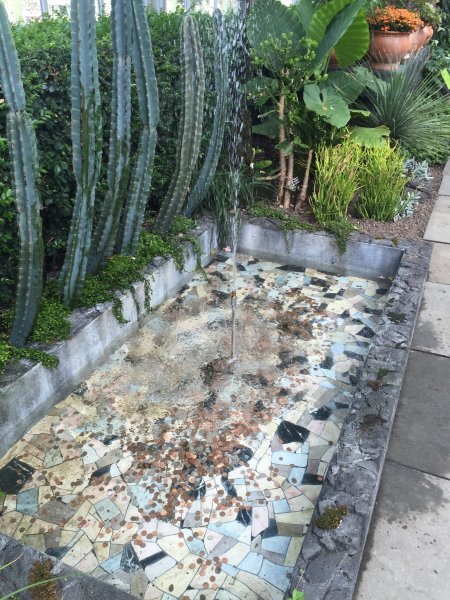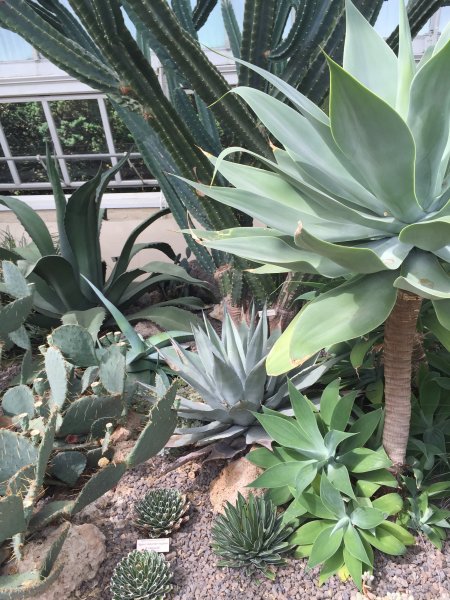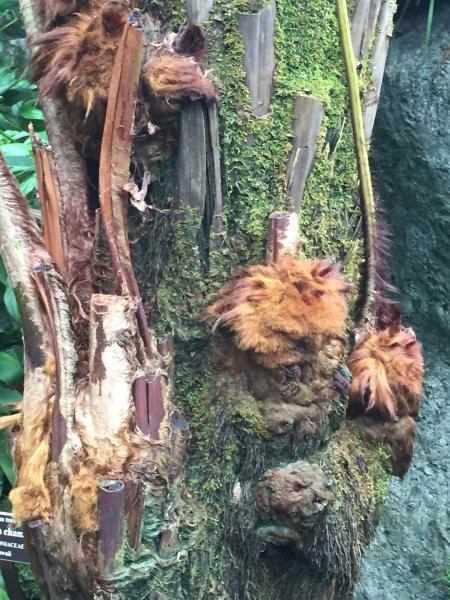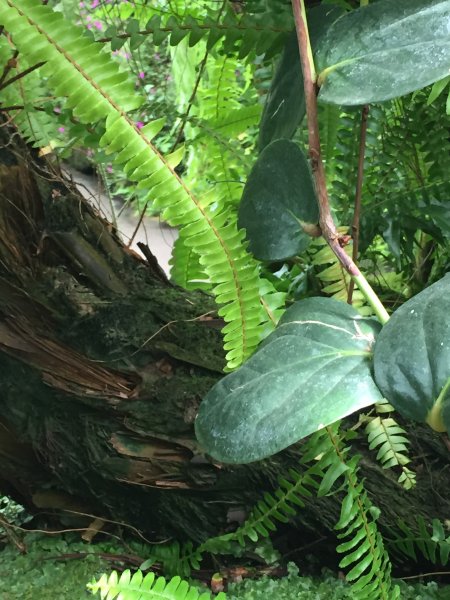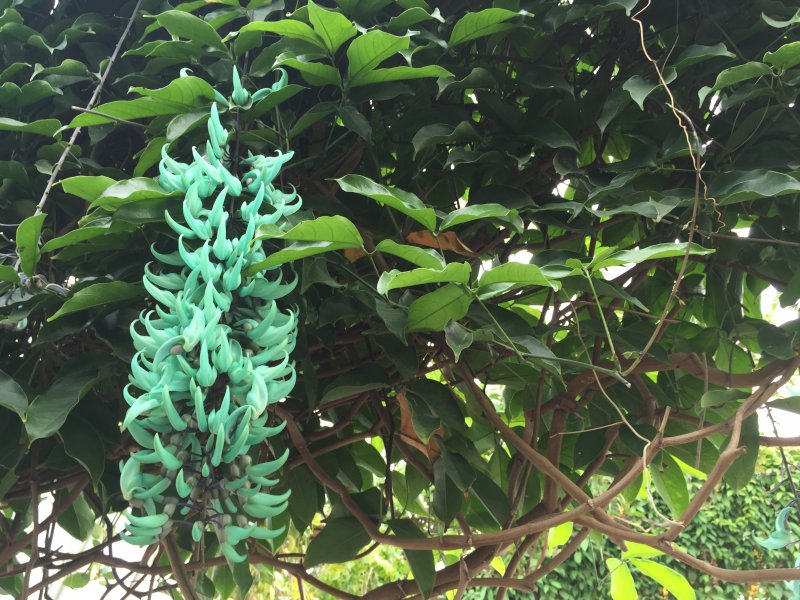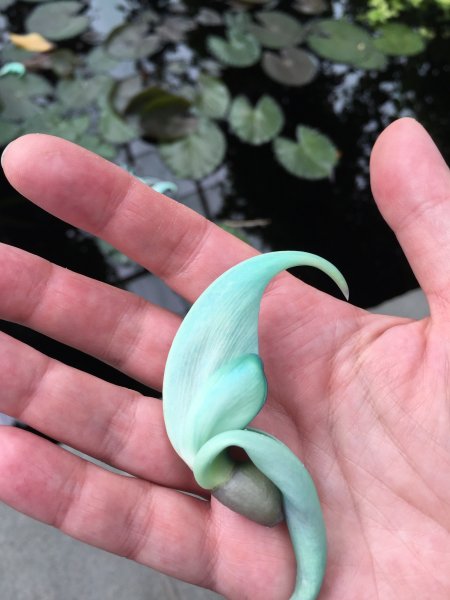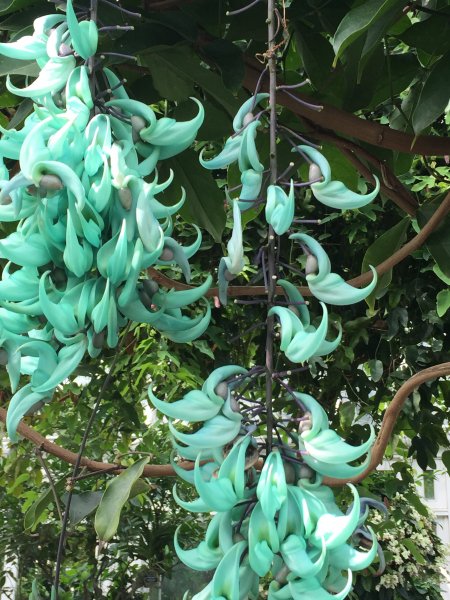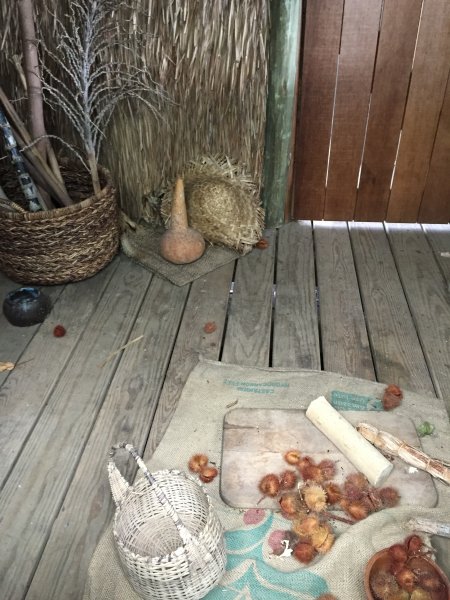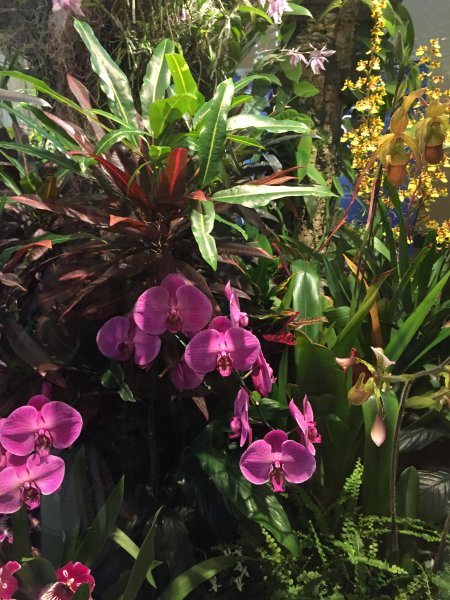Carolyn and I visited the Yale Collection of Musical Instruments and what a surprise this place is.

Yes, there’s your basic snake-headed, 1820s Russian bassoon and of course, the bell in the shape of a carp. You can see those, well, just about nowhere else in the world, I imagine.

This carp-shaped bell apparently has an “ugly” sound when rattled

Who wouldn’t be enchanted by this peacock instrument from South India? You play it by sitting on the floor by the peacock, resting the long tail of the instrument on your shoulder to accompany women’s dances.
You know I love a good connection to Connecticut history. Today, we learned about the old Connecticut woodworking tradition and its intersection with woodwinds. Yes, those Colonials and early Nationals loved their fifes, flutes, and clarinets.

Here’s your instruction manual, so you can learn to play
In the 1750s, a German wood turner immigrated to New York and worked in the instrument trade. By 1800, the first ad for instruments by a professional firm appeared in a Hartford newspaper. Clockmakers, written about in this blog post, also turned their hands to instrument construction. Hopkins spent ten years from 1828 to 1838 making woodwinds as well as clocks.
Curator Susan Thompson, herself an oboist, told us that woodwinds were played at home for pleasure, to accompany socials and dances, and in military bands. The violin was the most popular home instrument, but flutes were right up there.

Elephant calling bell
The bells collection was ear-opening for me. I hadn’t really thought about this, but surely, we all need a bell to call in our elephants.
And we have the 19th-century Queen Elizabeth I bell.

Queen Elizabeth 1 bell

The anonymous figure bells are just charming, too. Here’s an English, 19th century bell. Can’t you just hear the homemaker calling in the hoards for lunch?
And this lovely little Art Nouveau bell by H. Pernot, c1900. Sweet!


My favorite was the Devil’s Bell. I’m not sure if we’re ringing to summon or repel the Devil. Hmmm.
Now to the category of gorgeous.
What about this 1702 German-made guitar by Joachim Tielke, celebrating love?




a close look at the side, with its French sayings about love
And this dreamboat of a harp from around 1850.


We called him the dreaming Prince

16th century Italian lute

1785 Lute-Guitar by Jean Charles
 We got a wonderful tour of the keyboard collection from mezzo-soprano Kelly Hill, doing a multi-year internship here.
We got a wonderful tour of the keyboard collection from mezzo-soprano Kelly Hill, doing a multi-year internship here.
She explained that keyboards make sound from either pipes or strings.
She then demonstrated how this Chamber Organ works. You either pump the pedal or have an able, likely child, assistant pull on a leather strap on the side to activate the bellows that project the notes. You can also change the tone of the sound by shifting from “diapaison” or organ sound to “flauta” or flute. Kelly wasn’t able to demonstrate that, but you can see how it works clearly below

Kelly pulls on the strap to depress the pedal, which operates the bellows

To change the tone
She then took us through the development of the stringed keyboards, from the relatively simple clavichord to the much more complex harpsichord.
The clavichord was home or rehearsal-type instrument, because its sound is muted. Kelly asked us to imagine Bach with his household full of children. He could play the clavichord without upsetting sleep patterns. And it was the flirtatious instrument, as the gentleman caller would have to sit quite close to the lady playing in order to hear properly.

Kelly pulled out pieces from this ornate and intricate harpsichord, with its double keyboards that generate more sound. We then examined these pieces, including a plucker made from a crow’s quill. See it here?

Plucked stringed instruments first gained popularity because of the love of French and Italian lute music. The development of the harpsichord then opened up concert-level performances.
By the way, the regular keys are black and the minor keys are in white on many of these early instruments. Why? Well, you start with your wood key, and yes, this could warp, which would mess with your playing. Then you covered it with either ebony or ivory. If ebony was less expensive, then you used it for the majority of the keys. Makes sense. Early on, the number of keys and the color of the keys were not standardized. What was important was the ’emotion’ of the sound.

When pianos came in, particularly in Vienna, you get early experiments with the upright piano. What about this gorgeous swan-headed pyramid?
There are many treasures in this collection, so you’ll have to visit in person or go to the informative website to learn more. I’ll leave you with my favorite — this 1591 Flemish, ‘mother-and-child’ Virginal.

The oldest instrument in the collection
The keyboard on the left can actually slide out, to play elsewhere or to stack on top of the keyboard on the right for double-keyboard playing. The mother-and-child keyboards also invite duets.
The decoration is adorable. Kelly explained that for artists, decorating an instrument was not a top drawer commission, and the painters remained anonymous. So often the makers of the instrument would find buddies in the tavern to come work on the decoration in their spare time. Many hands might decorate one instrument. Still this one comes together and tells a fun musical story.
The satyr Pan challenges Apollo to a musical duel. Pan was known for his flute playing, but Apollo was the chief musician of the gods. This was some challenge. They needed a fair and wise judge and chose Tmolis, the god of mountains, since mountains were the ultimate of wisdom.
Well, birds sang when Pan played, but ladies swooned with Apollo. King Midas sides with Pan as the better performer. Not so wise, as Apollo gave him donkey ears, which you may be able to make out alongside his crown.
Who won the contest? That hardly matters. We all do when the music plays on!









 1942, President Roosevelt singed an order to incarcerate everyone in the U.S. of Japanese ancestry. Less than 2 months after Pearl Harbor.
1942, President Roosevelt singed an order to incarcerate everyone in the U.S. of Japanese ancestry. Less than 2 months after Pearl Harbor.

 Caleb Foote produced this pamphlet in 1943, with photographs by Dorothea Lange. You can see her style at work, really instantly recognizable.
Caleb Foote produced this pamphlet in 1943, with photographs by Dorothea Lange. You can see her style at work, really instantly recognizable.





























 Pie tins. What I didn’t know is that the Frisbee was originally called the ‘Pluto Platter’, a tie-in to the craze from Pluto’s discovery. Which do you think works better–Frisbee or the Pluto Platter?
Pie tins. What I didn’t know is that the Frisbee was originally called the ‘Pluto Platter’, a tie-in to the craze from Pluto’s discovery. Which do you think works better–Frisbee or the Pluto Platter?






 I went nuts for the exhibit of
I went nuts for the exhibit of 




































 These figures are so stern looking and fierce, I’d want them protecting my ship!
These figures are so stern looking and fierce, I’d want them protecting my ship!








 Maybe the
Maybe the 
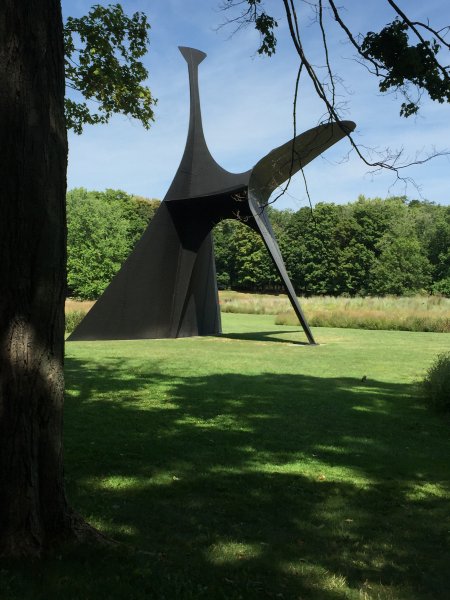
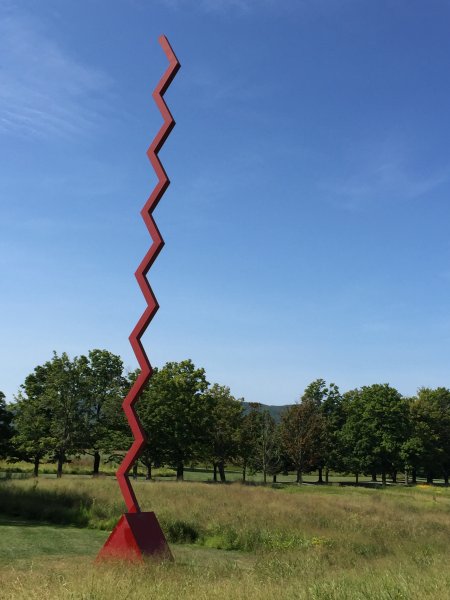
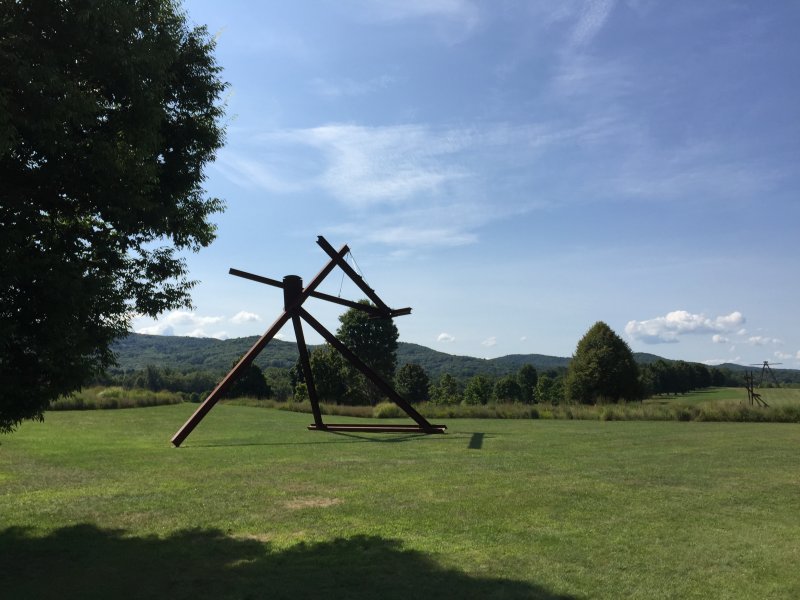
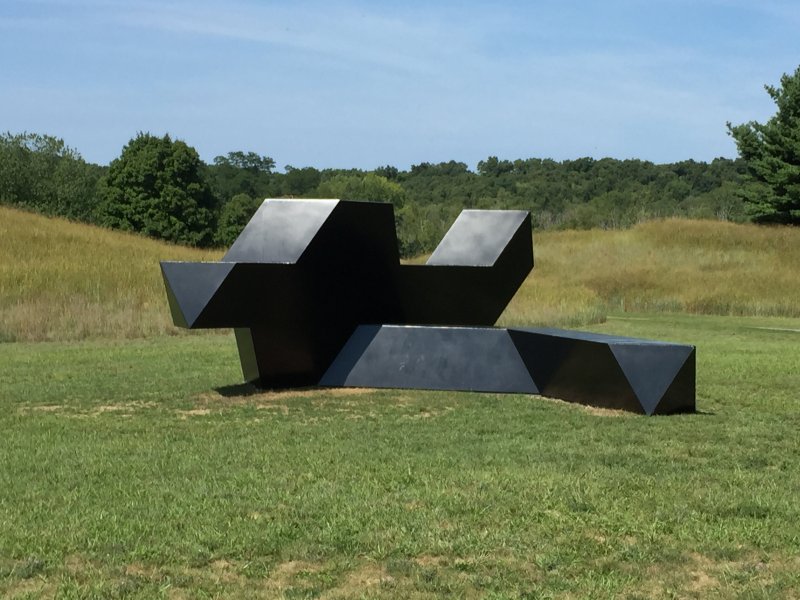

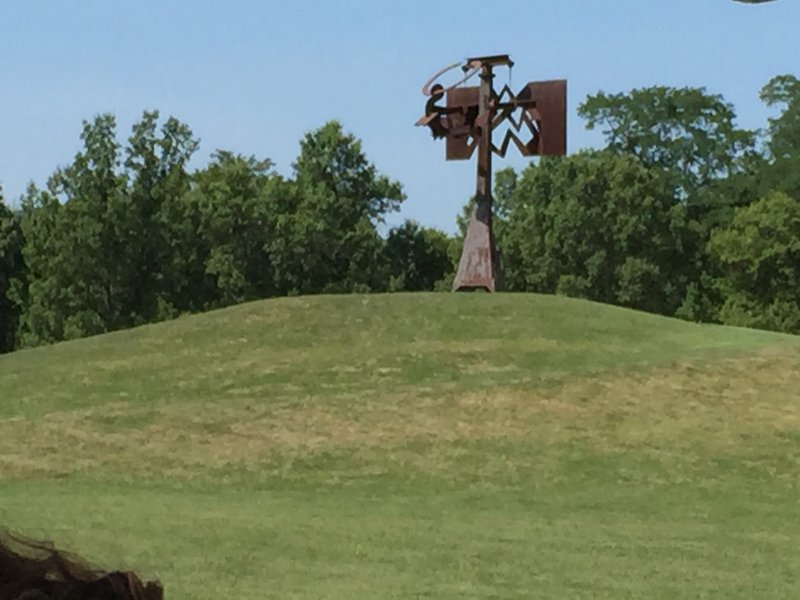
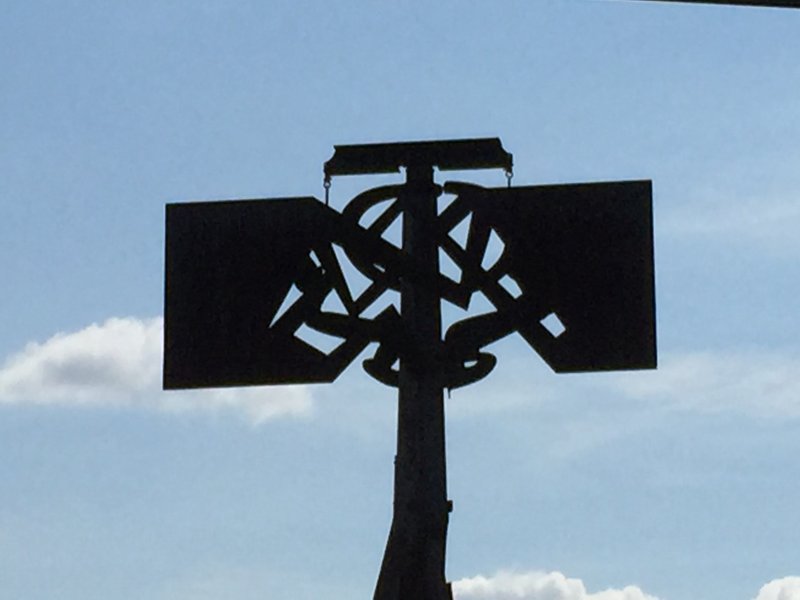

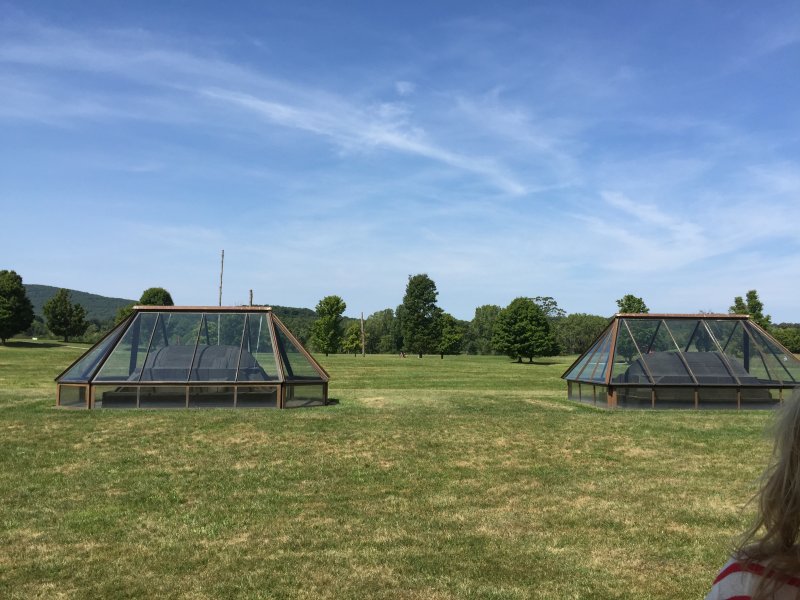
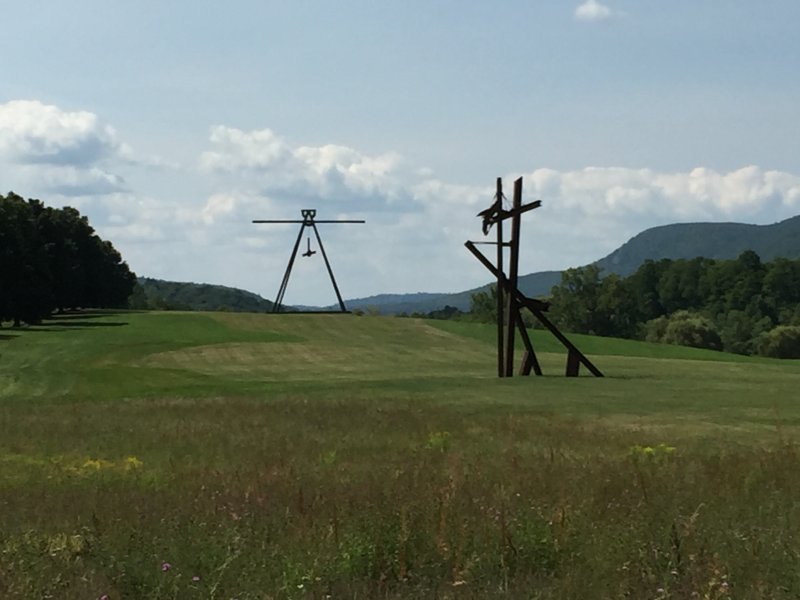












 Mashantucket tribe. My first impression was, this is a lot of museum for the experience. The excess of architecture was even more exaggerated by the long walk through open space–“follow the paw prints”– to the long ramp going down to the exhibits. I was already a bit visually exhausted.
Mashantucket tribe. My first impression was, this is a lot of museum for the experience. The excess of architecture was even more exaggerated by the long walk through open space–“follow the paw prints”– to the long ramp going down to the exhibits. I was already a bit visually exhausted.









 Wabanaki Tribal member
Wabanaki Tribal member






















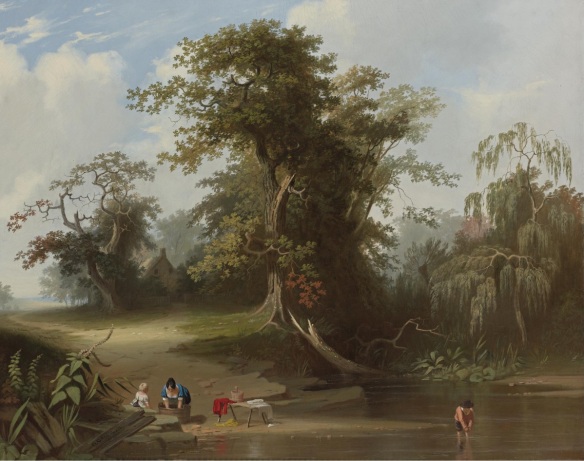














 Kahlo was known for her self portraits, and this show features one of her most famous: Self-Portrait with a Thorn Necklace and Hummingbird. With the bloody spots and dead bird at her neck, no one would describe Kahlo as subtle. Yet her color palette and brazen display of personal experience never fails to compel me to look and look and want to know and try to understand her. And maybe her pet monkey, too.
Kahlo was known for her self portraits, and this show features one of her most famous: Self-Portrait with a Thorn Necklace and Hummingbird. With the bloody spots and dead bird at her neck, no one would describe Kahlo as subtle. Yet her color palette and brazen display of personal experience never fails to compel me to look and look and want to know and try to understand her. And maybe her pet monkey, too.
 Conservatory building is full of Kahlo’s environments, ranging from desert to rainforest, from arid cacti to verdant moistness. Being immersed here, we can see and smell and hear what Kahlo saw, smelled, and heard.
Conservatory building is full of Kahlo’s environments, ranging from desert to rainforest, from arid cacti to verdant moistness. Being immersed here, we can see and smell and hear what Kahlo saw, smelled, and heard.


